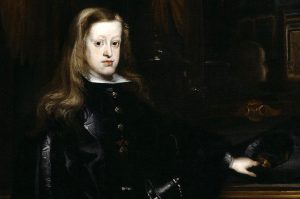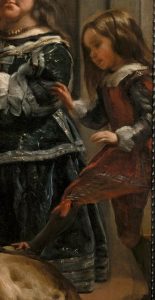When the Duke’s retinue arrived in Madrid, bad winds were blowing for the Court. The favour dispensed by the regent to her confessor, the Jesuit Nithard, was arousing rejection among the supporters of Don Juan Jose de Austria, already declared in open rebellion. Some months before, the Treaty of Lisbon had sanctioned the definitive independence of Portugal, and a few months later the Peace of Aachen would surrender the places conquered by Louis XIV in Flanders.
The chronicle of Magalotti keeps a diplomatic silence on such delicate questions. On the contrary, his description of the works of art housed in the palace of Buen Retiro and the Alcázar is particularly interesting and invites us to reflect about the immense debt that our pictorial heritage owes to that incomparable patron and connoisseur who was Felipe IV. As we will often see, the intellectual curiosity of the chronicler does not reach to the point of considering worthwhile other artistic tendencies, more or less divergent from the Italian taste. Thus in the royal collections, he shows admiration towards Tiziano, Veronese, Correggio, Tintoretto, Carracci, Rafael, etc., but he doesn’t even mention Velázquez.

The reception at the Palace was very ceremonious and courteous, although Magalotti discreetly silenced the young Duke’s disappointment at not being addressed as Highness by the Queen, despite the efforts to such effect displayed since long before by the ambassador of Tuscany in Madrid, Dante di Castiglione. And there is something moving in the brief allusion to King Charles, then a seven-year-old boy, still ignorant of the melancholy place that history reserved for him. Magalotti says: “The king also wanted to speak to him, asking him about his health, and during the whole conversation never took his eyes off him, looking at him once and again from head to toe with wonderful attention.”

Another detail of the chronicle that I find particularly attractive is the one referred to the servants of the queen “among whom – he says – was a very funny dwarf named Nicolasillo, who has the honor of being continuously in the rooms of the queen and being one of his more particular entertainments.” This curious character now enjoys immortal fame, since he is none other than Nicolás Pertusato, included by Velázquez in the group of” Las Meninas “.

